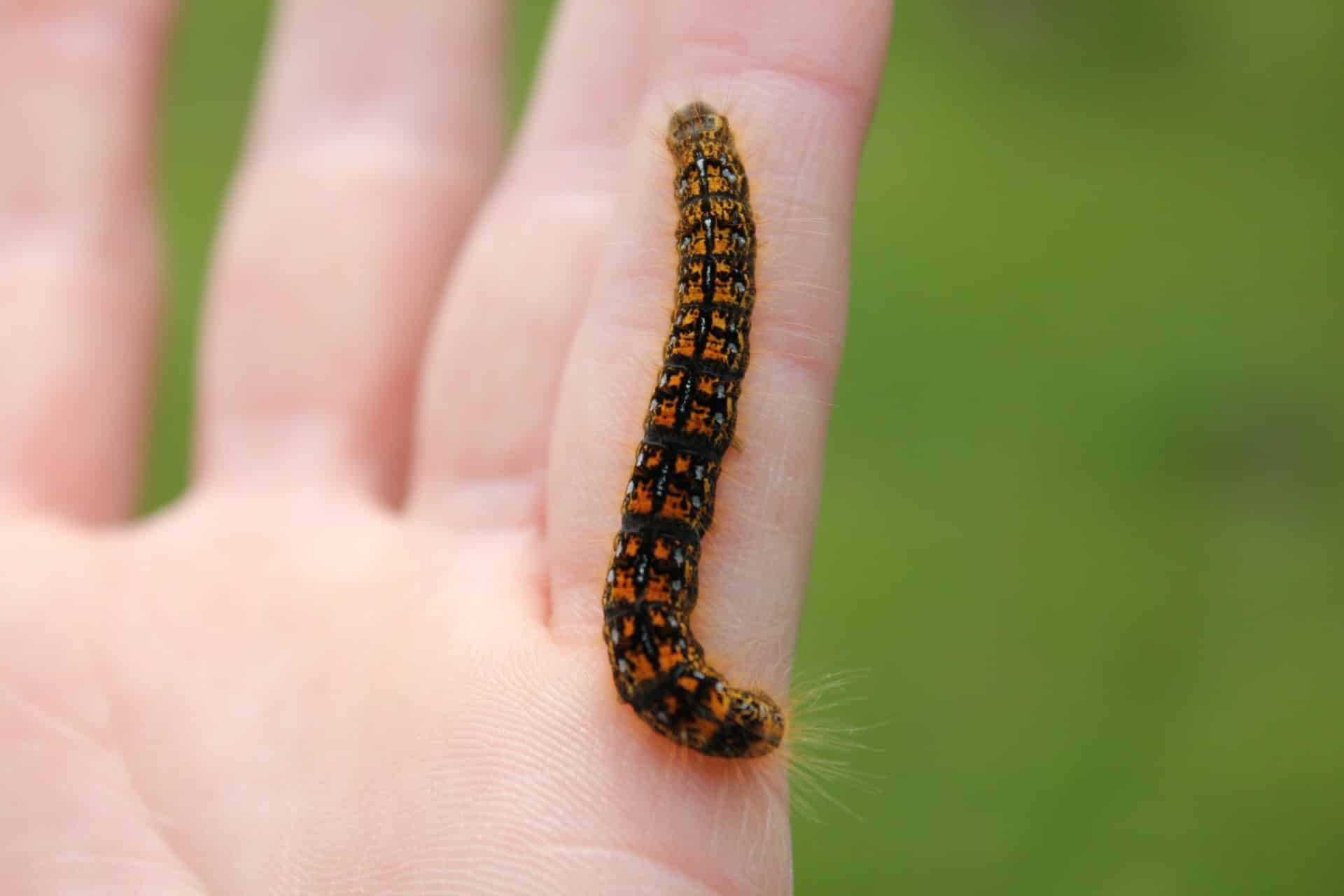Walnut pests are a menace to the walnut tree. Trees that are infested with these pests will fail to produce much in the way of nuts and eventually die off. Walnuts with pests will also not develop properly and will likely spoil before harvest time. This is a grave concern for farmers. To control these pests effectively, farmers need to understand the most common species of these pests.
Here’s what you should know about these major pests:
Walnut Husk Fly
The walnut husk fly is a common walnut pest that lays eggs in walnuts as they begin to ripen. These eggs then hatch into larvae that bore deep into the nut and feed on both its inner shell and tasty flesh, essentially ruining it for harvest. These flies are about a half-inch in length and are yellowish in color. They lay their eggs around the size of a pinhead, making it difficult to spot them until they’ve already done serious damage.
Signs of husk fly infestation include deformed nuts or shells, punctures through the shell, sap leaking from walnuts, and a sour smell. While husk fly infestations can be treated using pesticides (ideally before harvest), there are some natural ways to combat husk fly infestations, such as traps and screens. Resistant walnut varieties can also be planted to fight off these walnut pests.
Codling Moth Larvae
Codling moth larvae are one of the most common fruit pests and can be found across the United States. Walnuts are one of their favorite foods, and the Codling moth will lay her eggs on them to allow easy food access for the newly hatched larvae. While small, these larvae cause damage by tunneling through the interior of walnuts. This is usually after harvest has taken place and walnuts are in storage.
To control these pests, farmers need to ensure that walnuts are not stored in areas of the farm where moths can find shelter. Codling moth larvae infestations can also be controlled by using pheromone traps that attract male moths, preventing them from mating. Like the walnut husk fly, controlling these walnut pests is most effective when targeting the adults before they have a chance to lay eggs.
Dusky-Veined Aphids
Dusky-veined aphids are common pests that feed on walnut tree leaves. Walnuts are especially susceptible during the early stages of growth, and aphids can cause significant damage if not controlled. Because walnuts rely heavily on photosynthesis for energy production at this stage in development, aphid infestation reduces yields and compromises nut quality.
Aphids secrete a sticky substance called honeydew, which can increase the risk of developing sooty mold. Sooty mold is a black fungus that grows on walnuts and other crops as an indirect result of aphid infestations. Additionally, if leaves with dusky-veined aphids are left to wilt and drop from trees, they can carry the aphids to new walnut trees. These walnut pests can be controlled via insecticide application.
Adult European Red Mite
The adult European red mite is tiny, but its presence can be identified by the speckled appearance of your walnut tree leaves. These mites are not considered harmful in small numbers, but they can still cause damage if left unchecked.
The cell contents of leaf tissue are the food source for European red mites. The leaves first exhibit light stippling as a result of the feeding. High populations of mites may feed on leaves for long periods of time, gradually giving them a bronze tint. Damage caused by European red mites is rare in most cases, but it is more common in cooler coastal climates. These walnut pests can be controlled using biological methods and sprays of narrow range oils.
Mature Redhumped Caterpillar Larvae
The mature Redhumped caterpillar larvae feed on walnut tree leaves during the summer months of June through August. These caterpillars feed as a group on a single walnut leaf, eventually skeletonizing it. As they continue growing, they spread out as individuals and start consuming entire leaves. Mature larvae often hide in the soil during winter and pupate when spring comes.
The larvae can severely damage a walnut orchard if they’re not controlled by pesticides or parasitic wasps. It’s important to control them early before extensive defoliation occurs. Walnut tree leaves can be defoliated to the point of death if an infestation is not controlled early enough. If walnuts are left unprotected, it could lead to crop failure and economic loss for farmers growing walnuts commercially.
Proper Walnut Pest Control Is Important
Walnuts, like most nuts and fruit crops, have a variety of insects that feed on them. If left uncontrolled or untreated, these bugs will eat away at the leaves and nuts and ultimately destroy your crop if not controlled early enough in their life cycle. If you’re considering walnut farming or you’re already cultivating and harvesting walnuts, understanding pests like walnut husk fly and others is vital to keeping your harvest healthy and bountiful.
Learn more about walnut cultivation, pesticide application, and harvesting best practices at Fruit Growers Supply.


You must be logged in to post a comment.